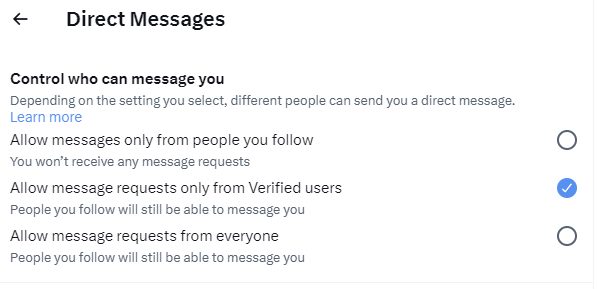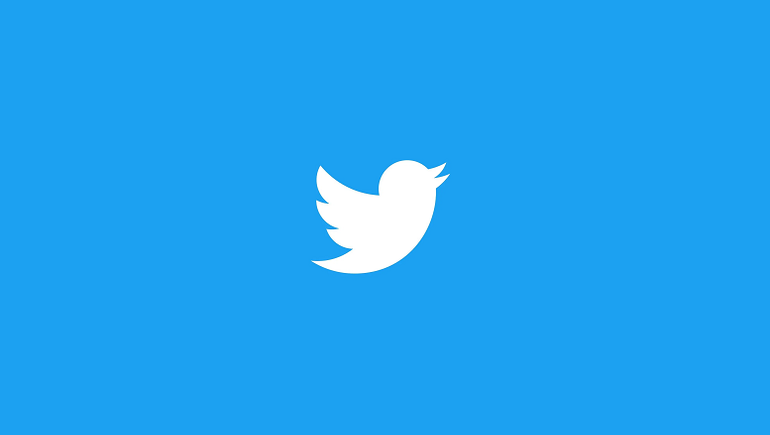Twitter’s trying another way to boost Twitter Blue subscriptions, this time by implementing limits on how many DMs non-subscribers can send each day.
We’ll soon be implementing some changes in our effort to reduce spam in Direct Messages. Unverified accounts will have daily limits on the number of DMs they can send. Subscribe today to send more messages: https://t.co/0CI4NTRw75
— Twitter Support (@TwitterSupport) July 21, 2023
The main impetus for the move, as Twitter notes, is to combat DM spam, which is also the key driver behind its recent update which defaults all users to a new setting, where only verified users can send DM requests to non-followers.

If you’re seeing fewer DMs, that’d be why, with the focus, ostensibly, on reducing unwanted messages from clogging your inbox.
But a side benefit for Twitter is that it could push more people to sign-up for Twitter Blue, though the lack of communication around the change has probably lessened this, as most users probably don’t even know that the new default setting has been implemented.
And now, non-Blue subscribers will also be restricted in how many DMs they can send each day.
Which probably won’t have a huge impact on most users. I mean, Twitter hasn’t detailed exactly how many messages you’ll be able to send, but if you’re sending out more than, what, 10 or 20, you’re likely verging into spam territory anyway.
But then again, many journalists use DMs as an outreach tool for stories, and implementing restrictions could make it harder in this respect.
Though that’s still unlikely to prompt many of them to sign up to Twitter Blue, given Twitter owner Elon Musk’s repeated attacks on ‘mainstream media’, and journalists in particular, as being untrustworthy, corrupt, and worse.
The BBC interview last week was exceptional in illustrating why you cannot rely on the media for truth
— Elon Musk (@elonmusk) April 15, 2023
That may actually end up being a key element that backfires on Musk, and his efforts to build Twitter into a billion-user ‘everything app’.
Journalists have long been among the most prominent users of the app, which has helped to boost its relevance as a key news and information source, but the more Musk works to alienate this segment of its user base, the more actively they’re seeking alternatives.
Which is why the recent influx of sign-ups for Meta’s alternative Threads app was significant. Among the most active Threaders in its early stages? Journalists, who’ve had enough of Musk’s selective view of truth, and are keen to build someplace else.
Which is why Threads could end up being a big threat, because many influential voices want it to work, and are actively and outwardly supporting the new platform.
If they keep sharing exclusive content there, and promoting it to their large audiences, where do you think those news consumers will go?
In this sense, implementing DM restrictions, depending on how far they go, could actually backfire on Twitter, as opposed to driving more Blue sign-ups.
Which remains a failing proposition. Around 0.3% of Twitter users are currently paying $8 a month for a blue tick, and the other assorted Blue features, and it’s hard to see how Musk and Co. will be able to boost that to a viable enough number for Twitter Blue to reach its stated goals of combating spam, by differentiating real people in the app.
But Musk and his team continue to push the offering, in the hopes of making it a ‘solution’, but increasingly, it seems like this was an idealistic vision which, in reality, won’t work.
Maybe DM restrictions will help, and maybe they’ll also help to combat spam. But the side effects could potentially be worse than the cure in this respect.



